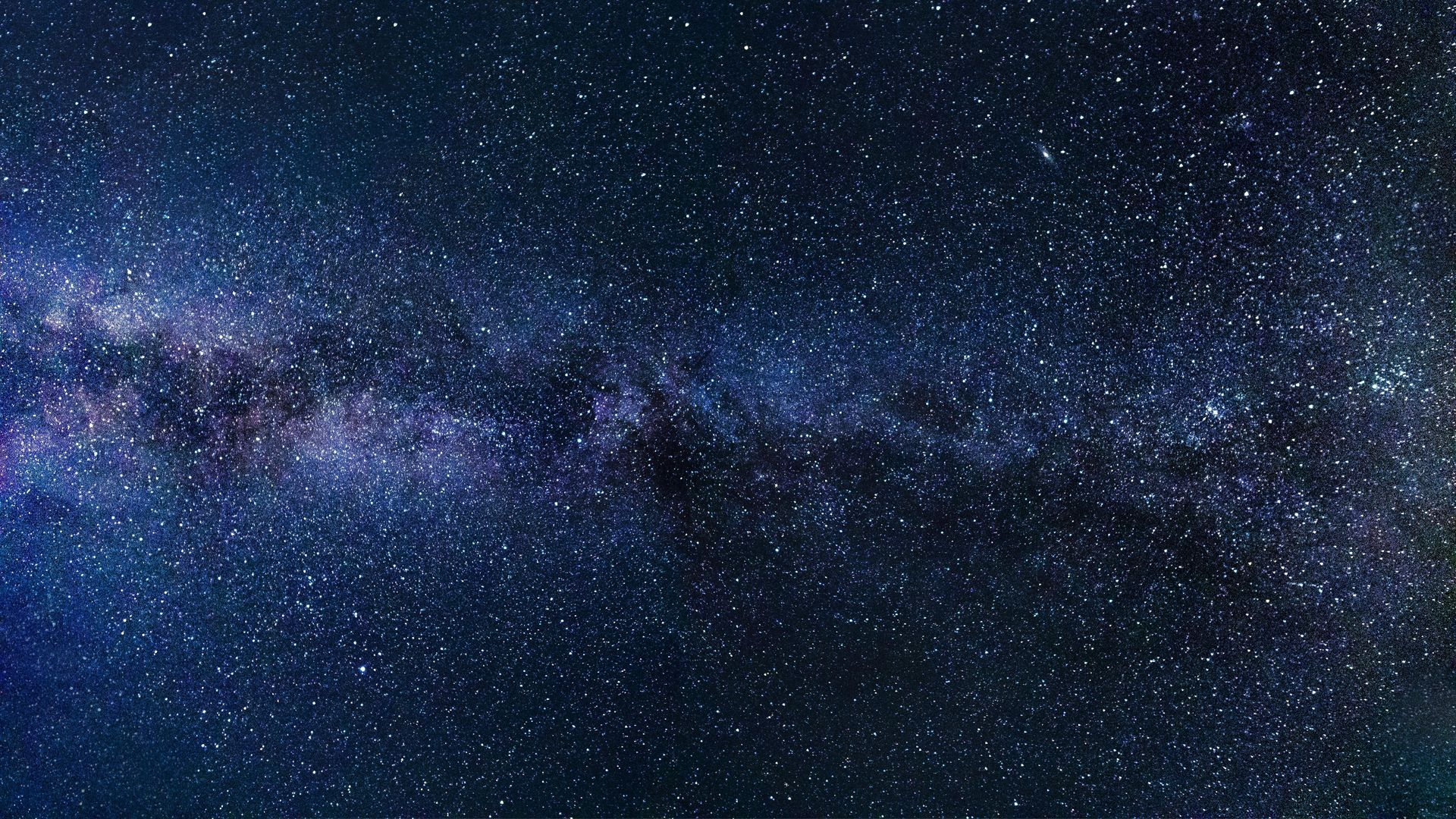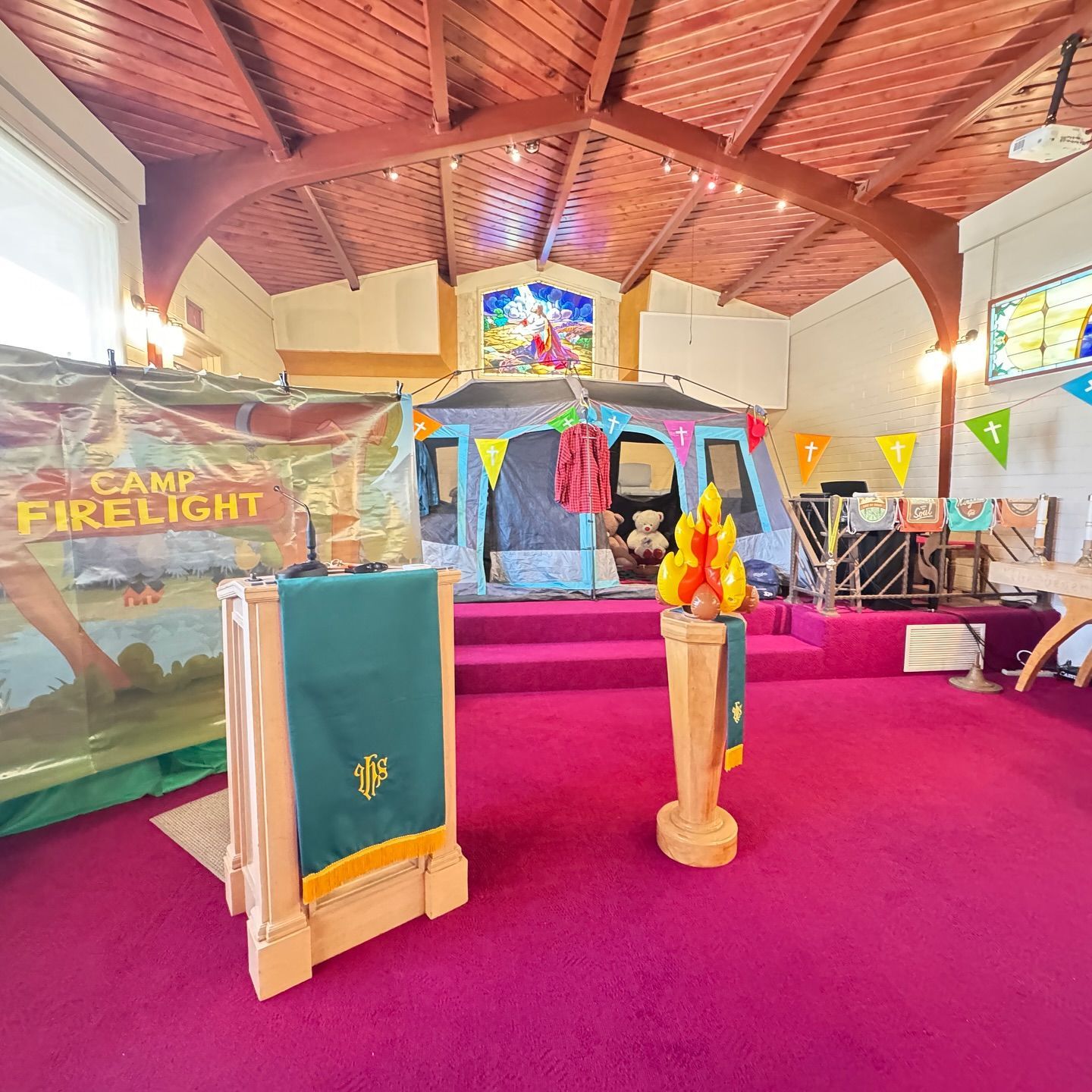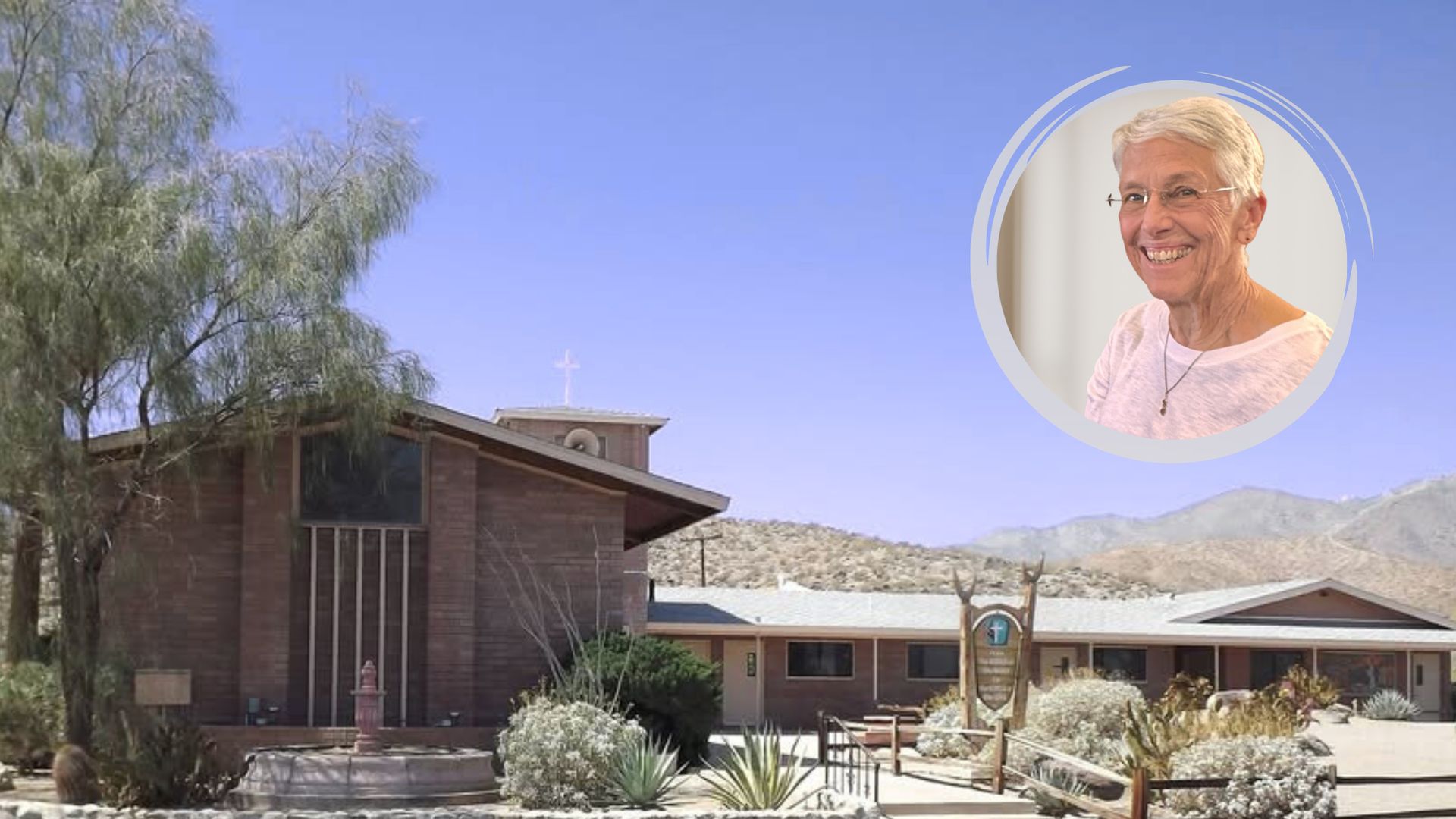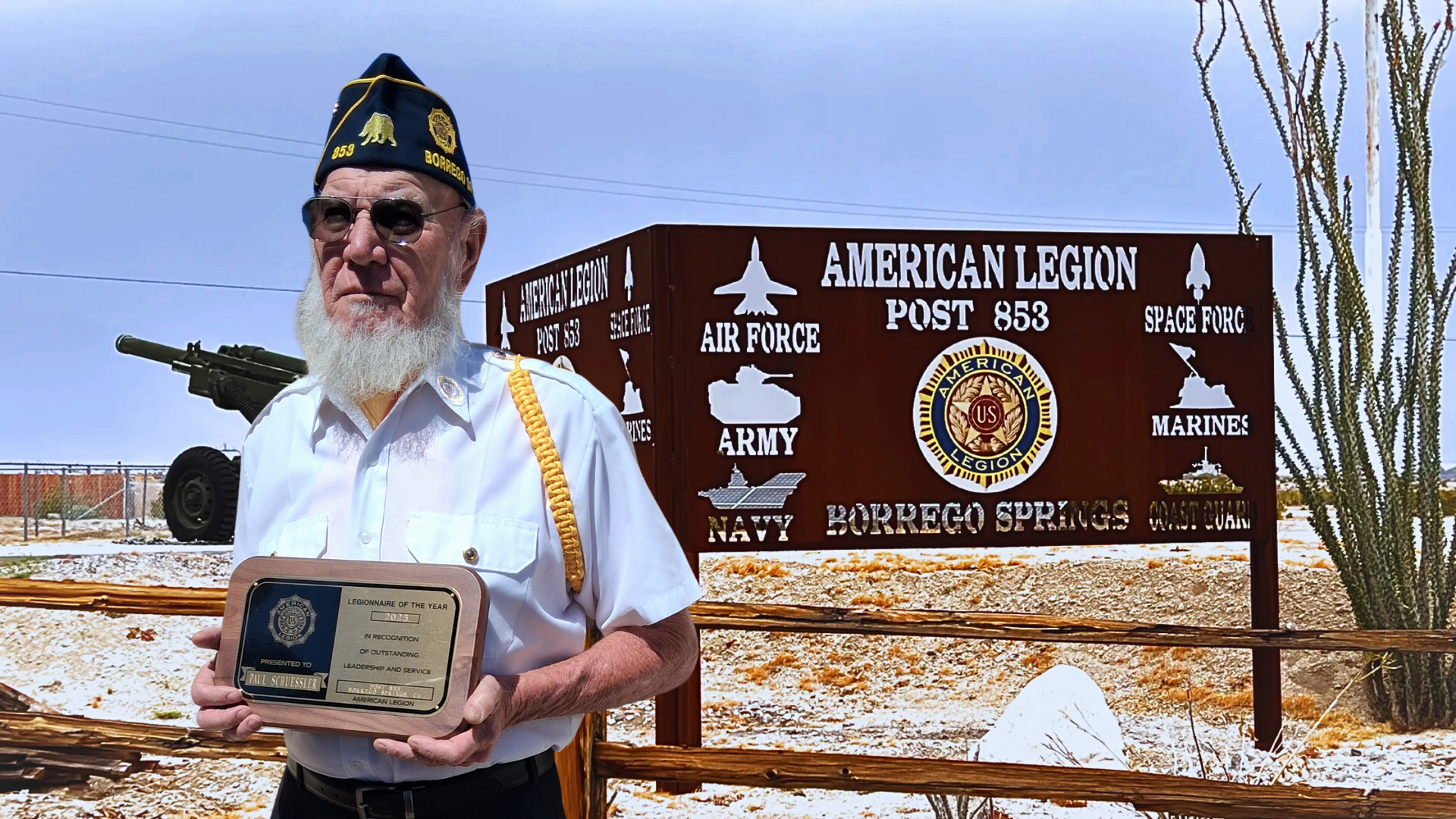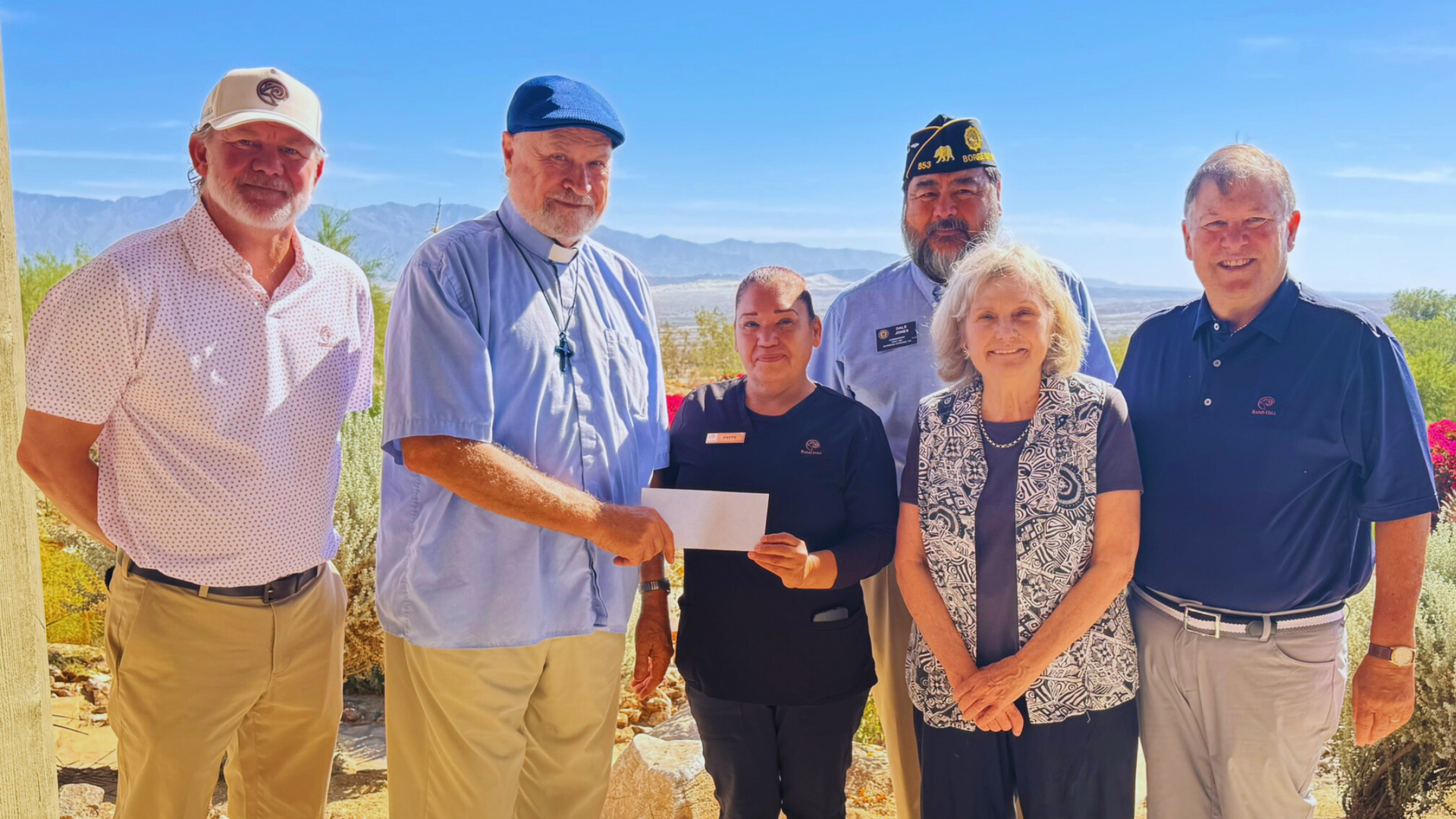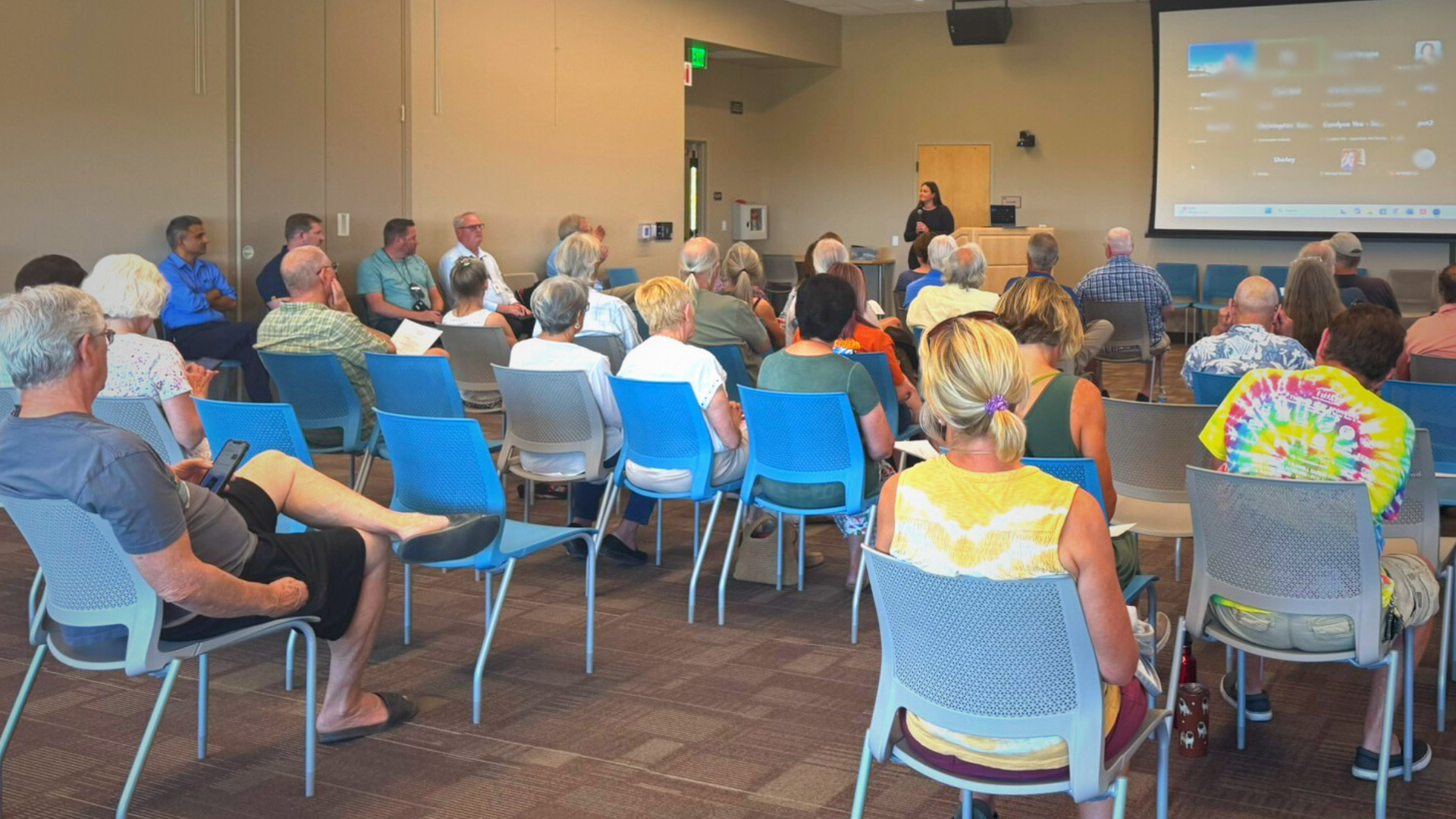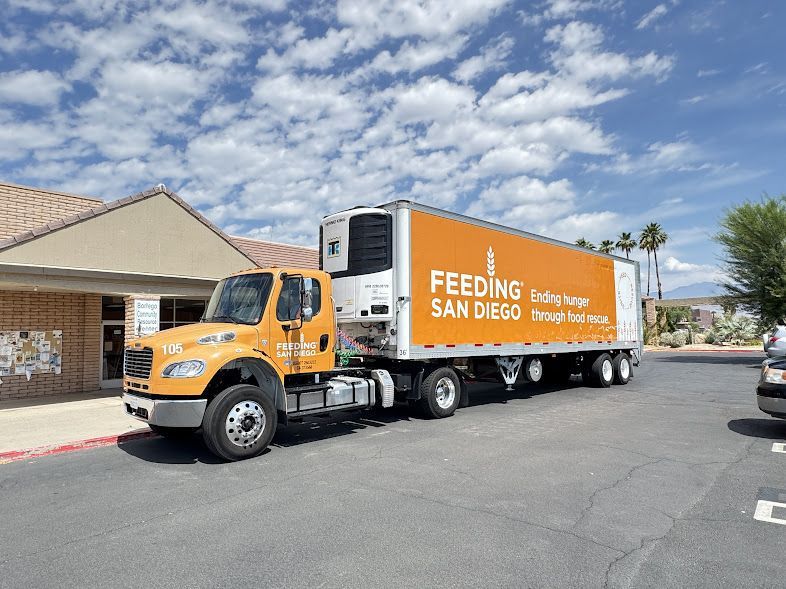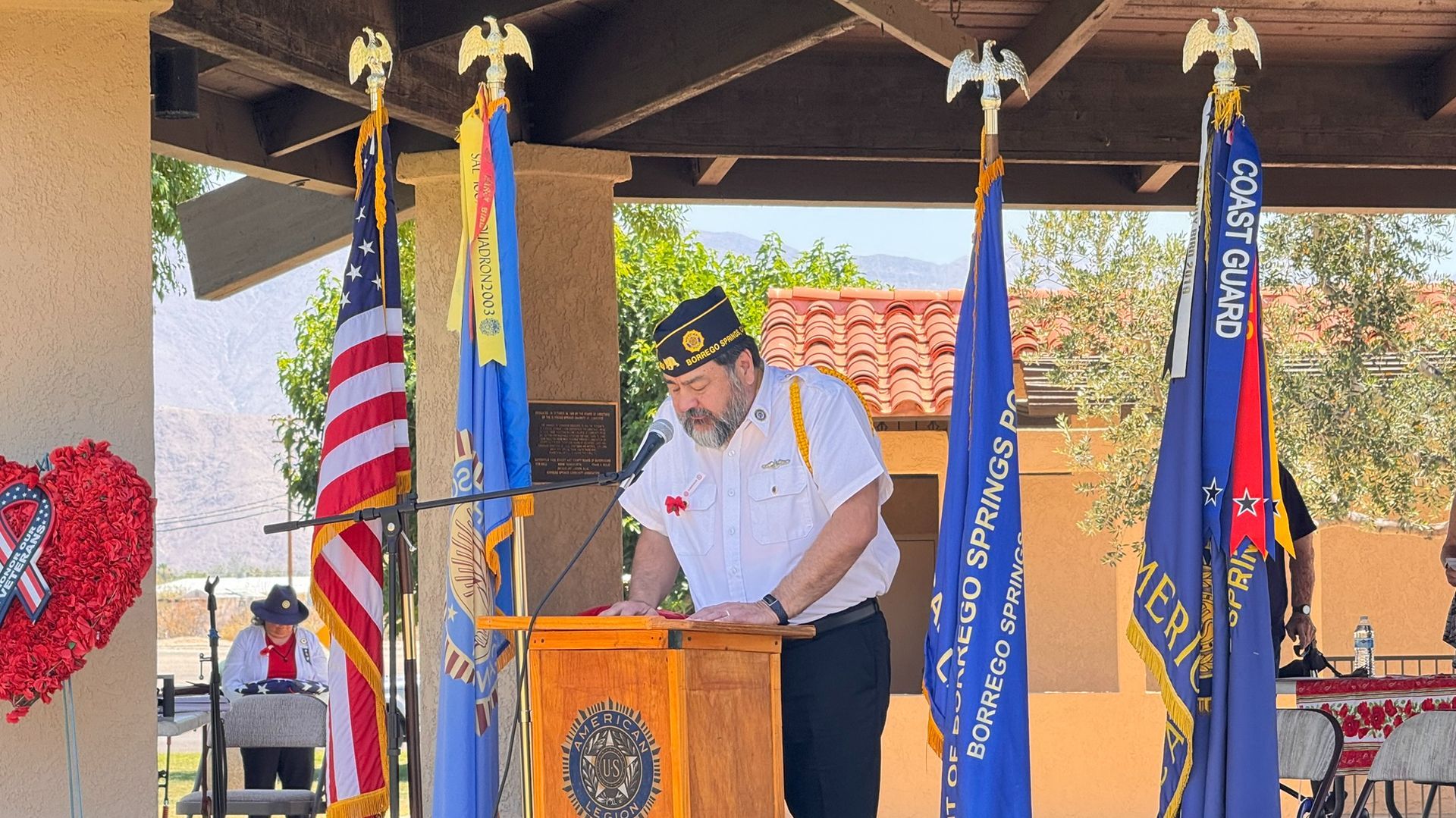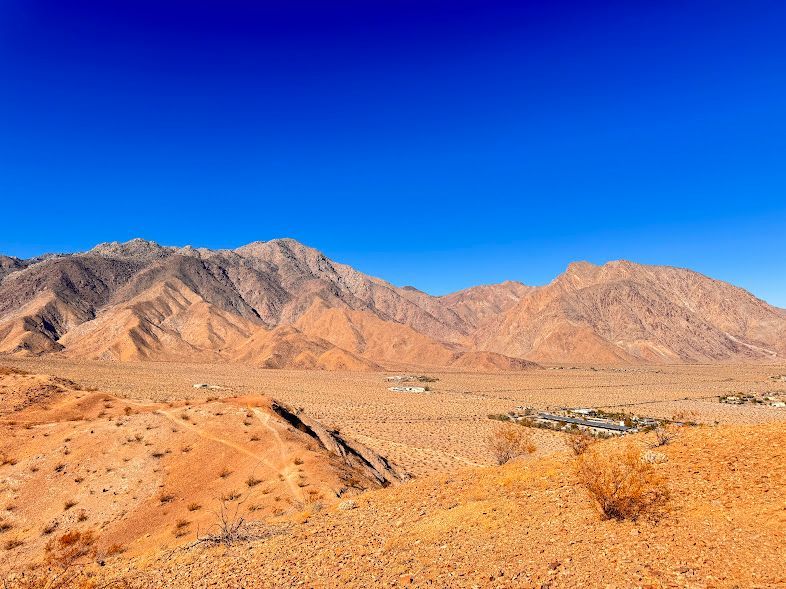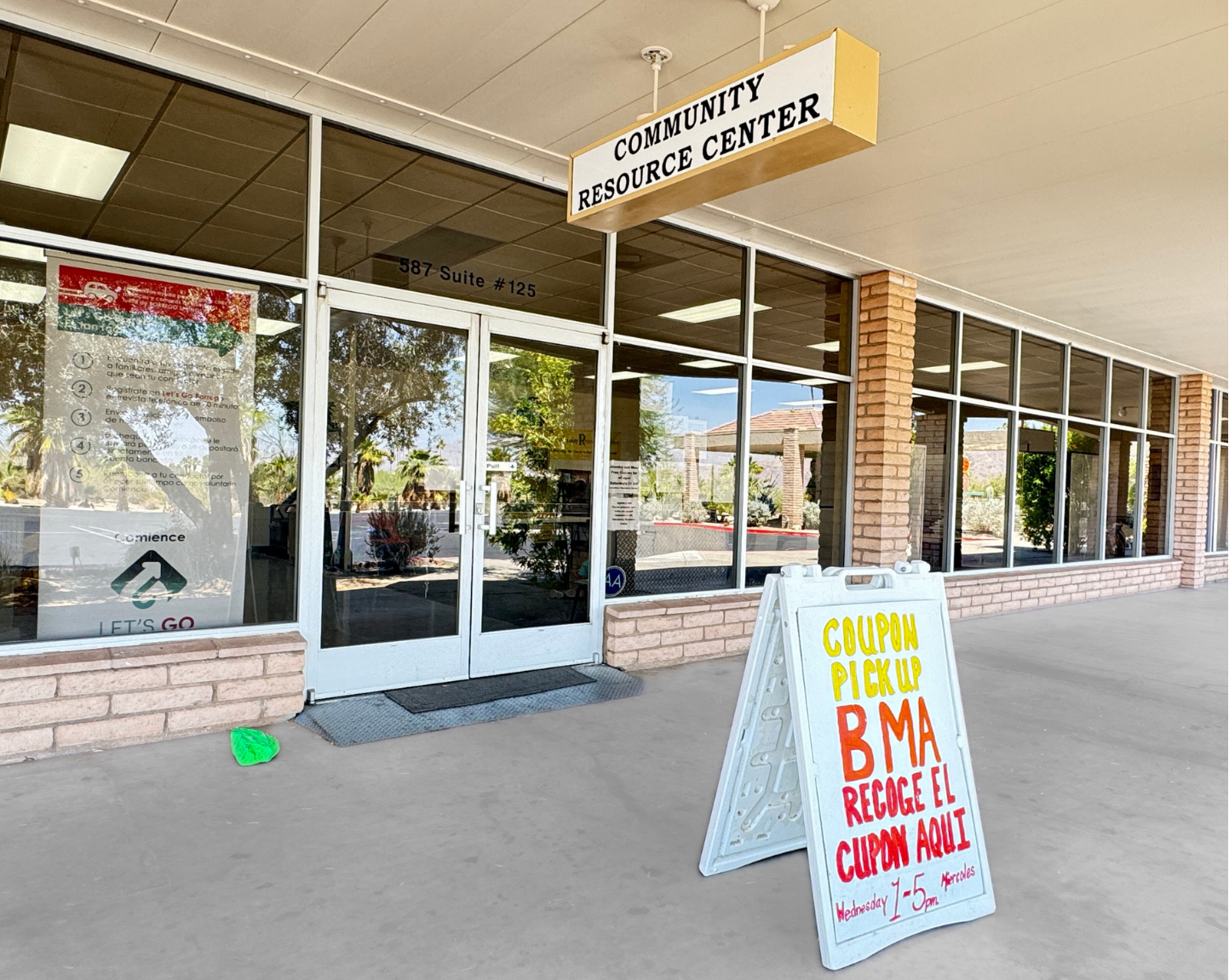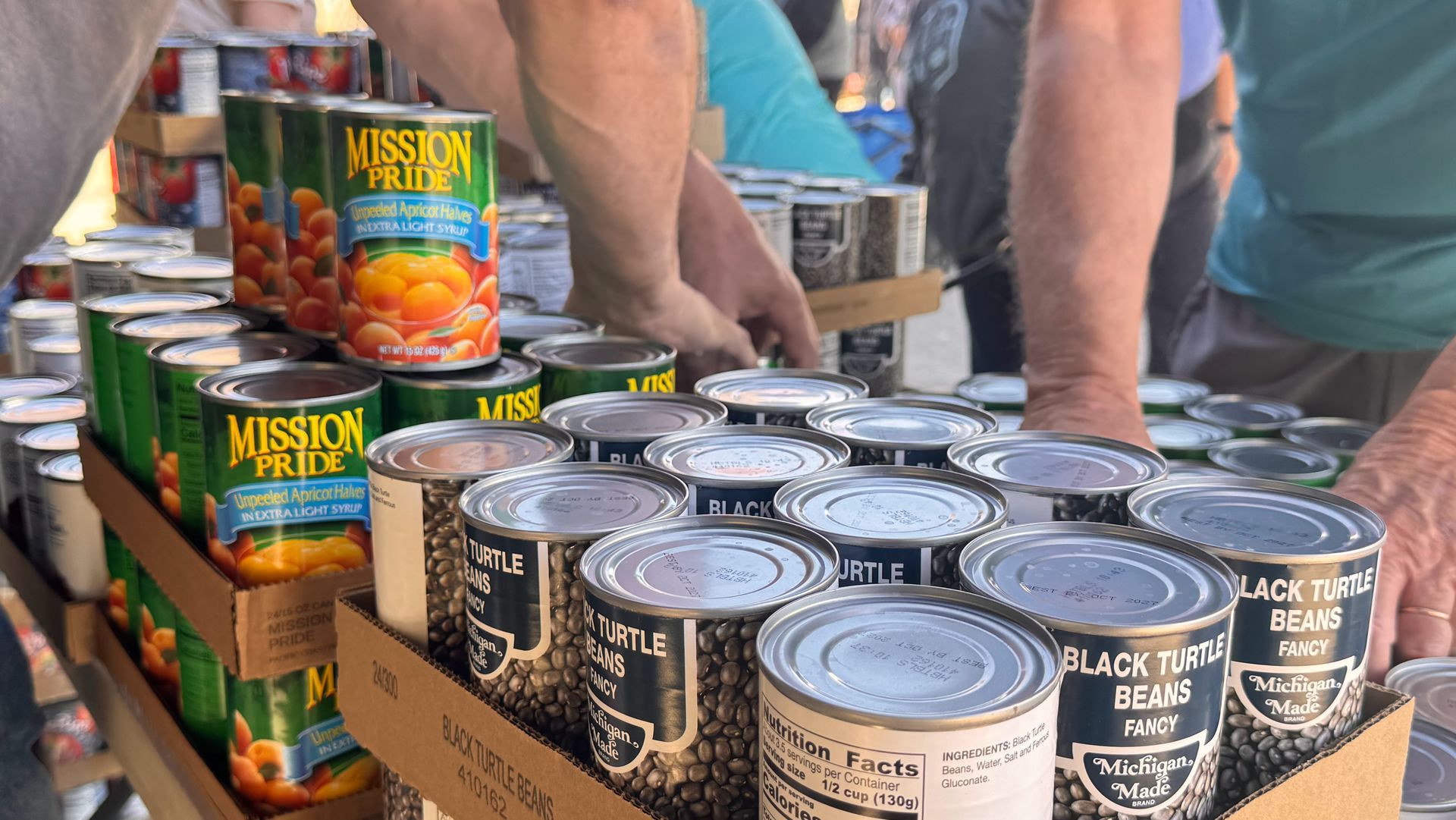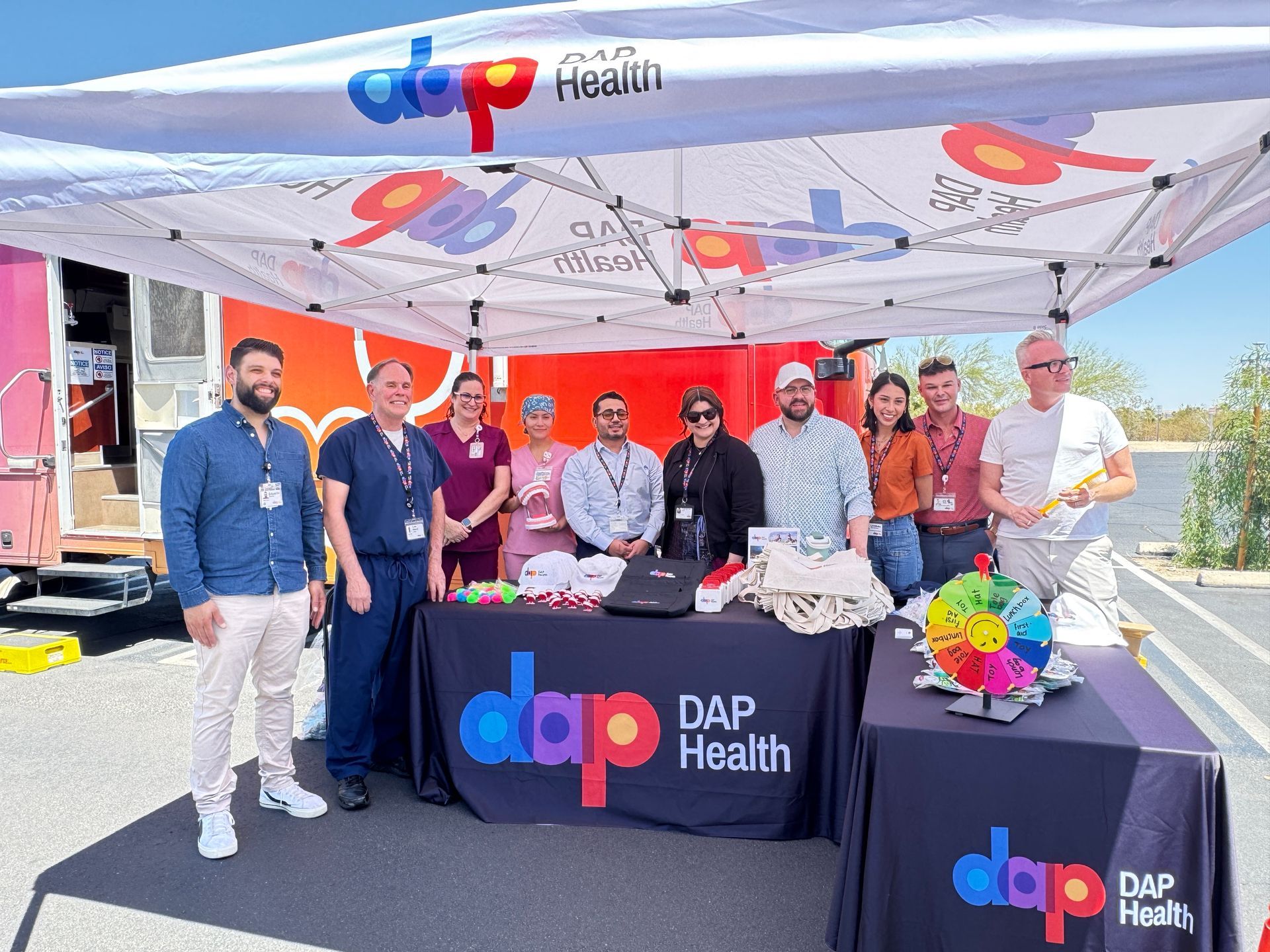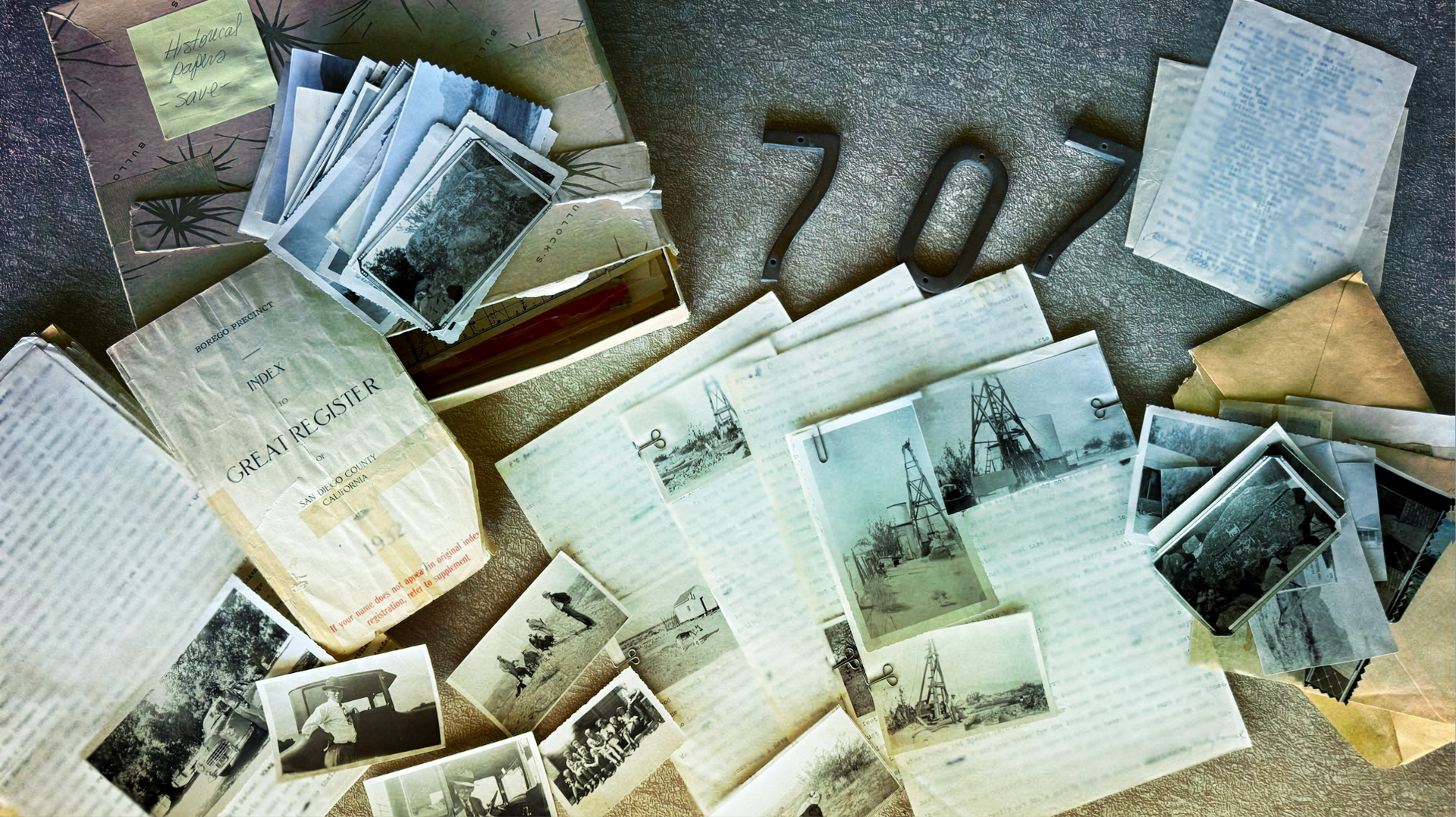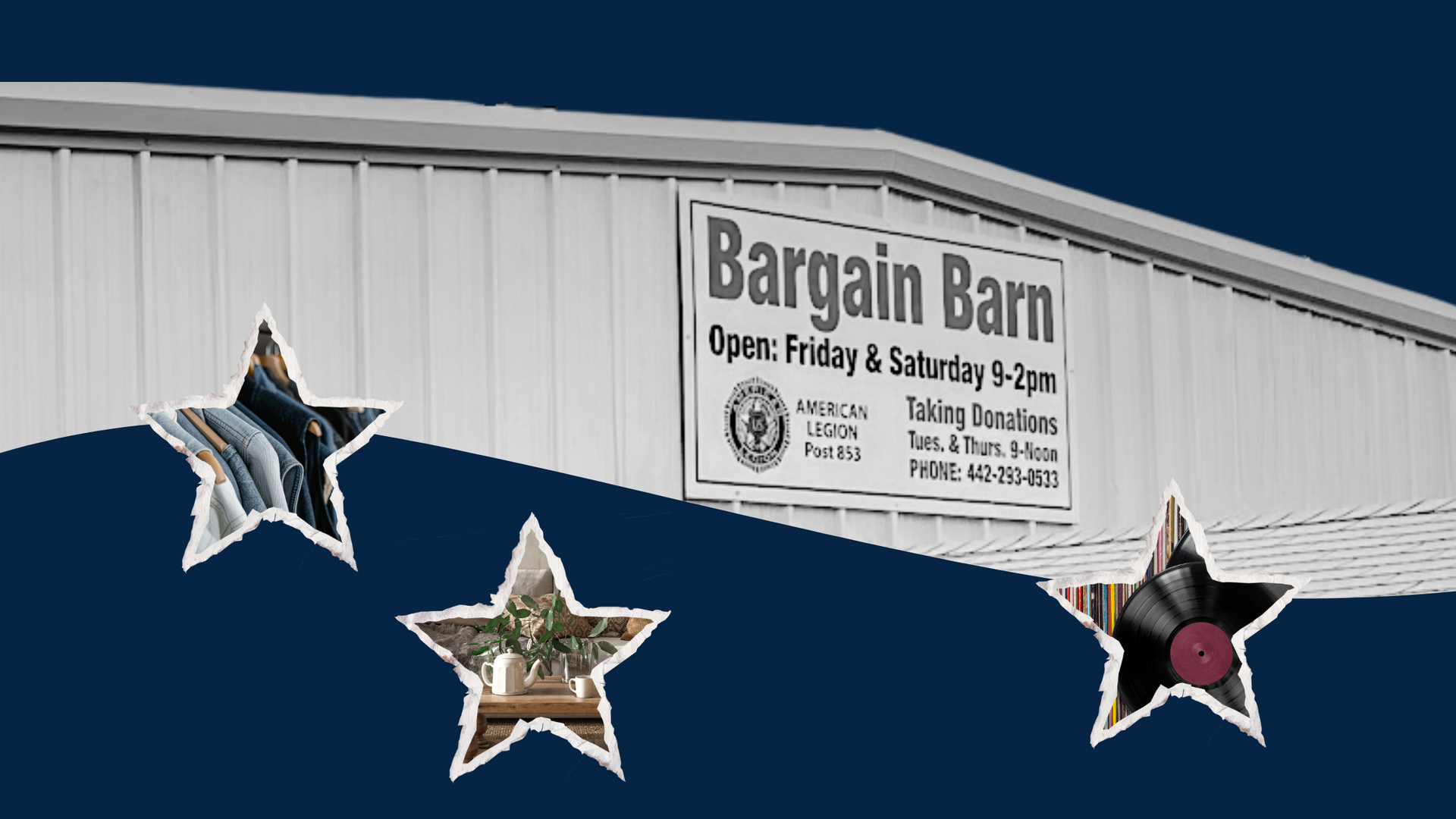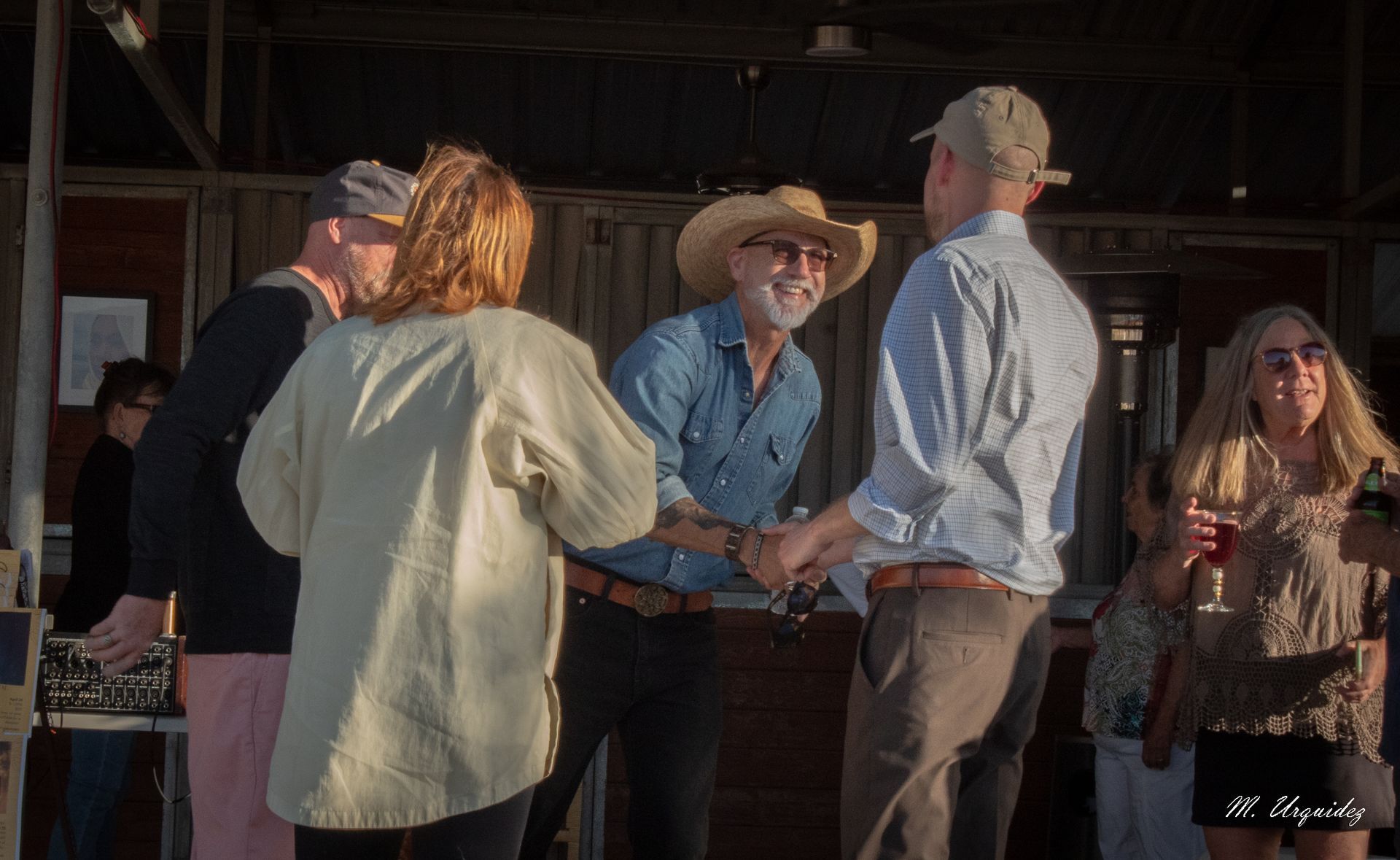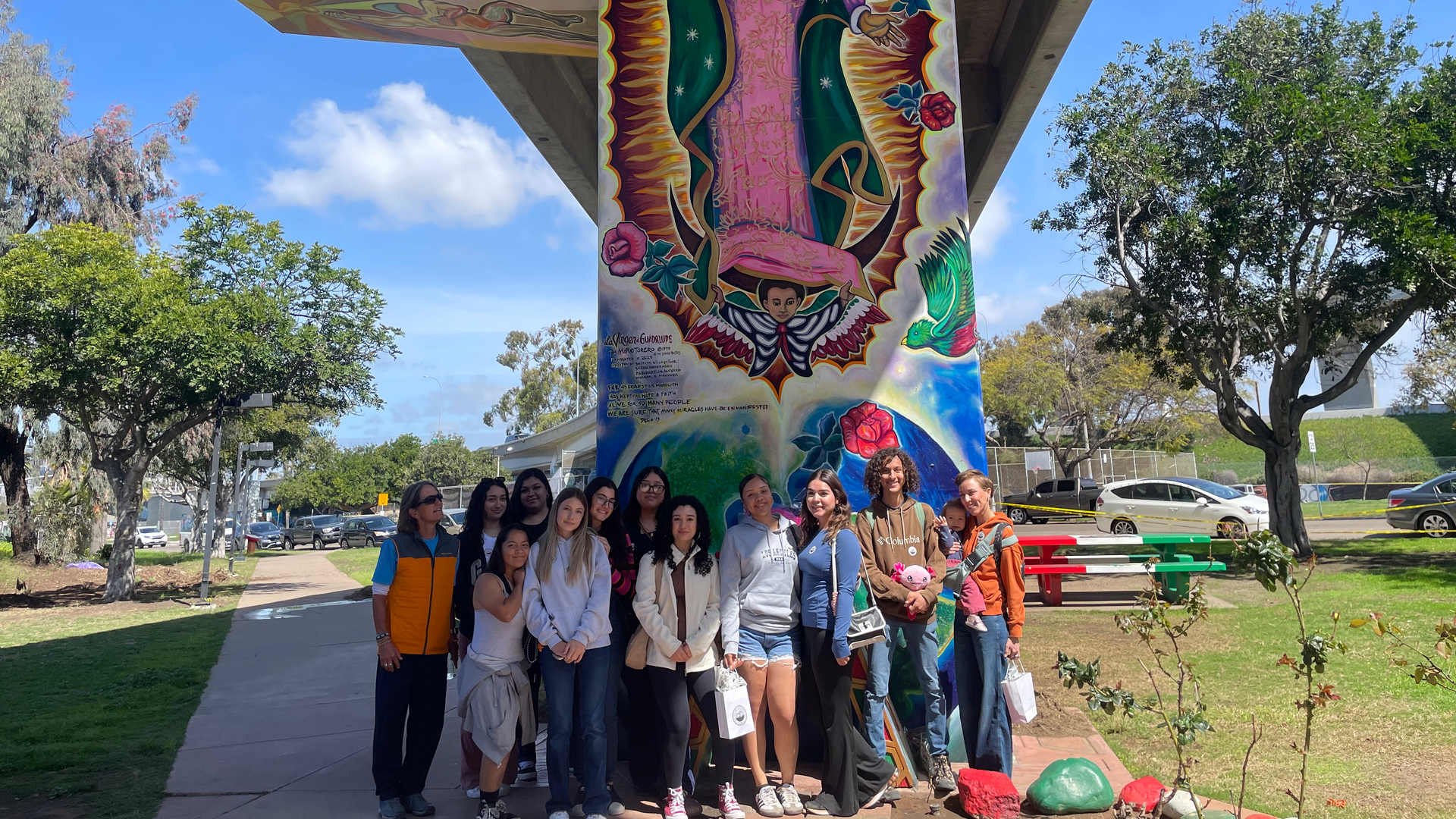Borrego Springs: A community for Everyone
Whether you're a resident of Borrego Springs or just visiting, stay informed about the latest events, news, and local happenings in the area.

Create, Sip, and Unwind at the Community Resource Center Looking for a creative and relaxing way to spend your evening in Borrego Springs? Join local artist Diana Fox on Thursday, July 17 from 6 to 8 PM at the Borrego Springs Community Resource Center for a special hands-on event: Sip & Create – Beaded Bracelets. This small-group experience is limited to 10 participants and is the perfect blend of craft, conversation, and community. What to Expect Guests will design and create a beautiful beaded bracelet using quality materials and a wide variety of colors and styles . Diana Fox will provide step-by-step guidance — no experience needed. Whether you're a local resident or visiting Borrego Springs, this is a unique opportunity to enjoy a laid-back, artistic night out. Wine Included — or Bring Your Own Your $30 registration includes: One bracelet to make and take home One glass of wine (choose Merlot, Chardonnay, or Sangría) Use of all materials and tools Additional glasses of wine available for $5 Option to bring your own wine Details at a Glance Date: Thursday, July 17 Time: 6:00 – 8:00 PM Location: Borrego Springs Community Resource Center Cost: $30 per person Max: 10 people — only 6 spots left RSVP: Call or text 619-892-0393 Support Local Creativity Year-Round Diana Fox is a Borrego Springs artist who brings creativity into the community through accessible, hands-on art experiences. Every Saturday morning, she volunteers her time to lead free, one-on-one sessions for local children. Her most recent gathering welcomed an estimated 13 kids—each receiving personalized guidance and leaving with a handmade bracelet. Events like “Sip & Create: Beaded Bracelets” help sustain these efforts by replenishing the materials Diana uses in her youth programs. When you attend, you're not just enjoying a fun and creative night out—you’re also supporting the kind of year-round artistic engagement that makes Borrego Springs a place where creativity and connection thrive. Diana’s handmade pieces are also available at Desert Lovers & Co., offering another way to support her work and the local arts community. Don’t wait — space is limited. Reserve your spot now and enjoy an evening of creativity, connection, and fun in Borrego Springs.

$60 Rounds for Borrego Springs Residents This Summer Mondays just got better for Borrego Springs residents. Rams Hill Golf Club is offering $60 rounds of golf every Monday after 9:00 AM through the summer. Just show a valid local ID at check-in to receive the discount. Call (760) 767-3500 or stop by the Rams Hill Golf Shop to book your tee time. Set in the foothills of Anza-Borrego Desert State Park, Rams Hill is a Tom Fazio–designed course known for its lush fairways, elevated greens, and panoramic desert and mountain views. Consistently ranked among California’s top public courses, it offers a challenging and rewarding round in a quiet desert setting. Locals looking for a break from the heat can turn their Monday round into a full staycation with Rams Hill’s Stay & Play packages . It’s an easy getaway without the drive—offering new scenery, a peaceful night, and an early morning round with fewer crowds and cooler temps. Offer ends August 31. Valid local ID required at check-in. Borrego Springs Year Round
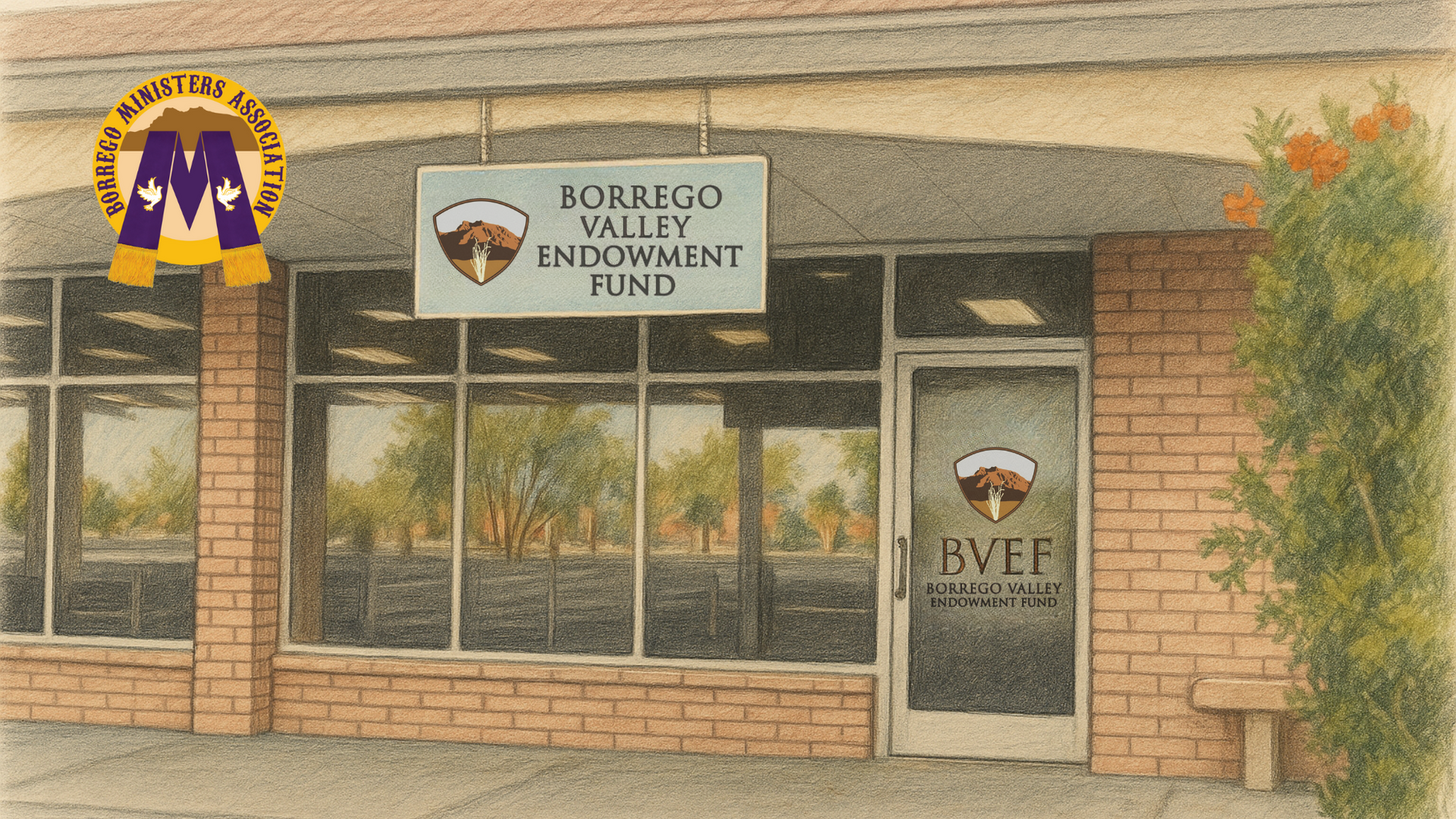
BVEF Makes Borrego Stronger, One Gift at a Time The Borrego Ministers’ Association (BMA) has received a generous $10,000 grant from the Borrego Valley Endowment Fund (BVEF) , a nonprofit dedicated to improving the health, well-being, and sustainability of the Borrego Valley and its residents. This grant will directly fund the BMA’s food coupon program, a practical support system for individuals and families facing hardship in Borrego Springs. These coupons are redeemable at local grocery stores—The Center Market and The Desert Pantry—ensuring that aid helps residents meet basic needs while supporting small, local businesses. BMA: Local Aid with Deep Roots The Borrego Ministers Association is a nonprofit coalition of local faith leaders and community members that quietly provides year-round assistance to residents facing crises. Their programs include emergency support for rent, utilities, transportation, food assistance, coordination of local charitable resources, and interfaith services that strengthen community connections. "In the hot summer, families really scramble to make ends meet, especially when they are let go from jobs in hospitality which slows down considerably," said BMA Chair Michael Plekon. " The BMA often can help them rearrange dollars so that rent and utilities don't put food and medication in jeopardy. Food coupons and the food bank can go a long way in helping." The BMA is often called upon when no other local option exists—ensuring that help reaches those in need swiftly, respectfully, and without red tape. A Partnership for Community Well-being The Borrego Valley Endowment Fund’s mission is closely aligned with the BMA’s work. Originally focused on ensuring quality healthcare in Borrego Springs, BVEF now also supports initiatives in community development and environmental protection. Their funding priorities include senior care, youth opportunities, skills training, housing, and food security—essential areas for a rural, unincorporated community like Borrego Springs. This grant for food support is part of BVEF’s larger commitment to promoting practical, local solutions that improve residents' quality of life. Gratitude for Local Impact The BMA extends its sincere thanks to the Borrego Valley Endowment Fund for this generous grant. Special appreciation goes to BVEF's Jim Dion and his role in facilitating the partnership. “We’re grateful for this show of support from BVEF,” said a BMA representative. “It helps us meet immediate needs while reinforcing the long-term strength and dignity of our community.” About the Borrego Valley Endowment Fund The BVEF is a 501(c)(3) nonprofit organization based in Borrego Springs. The Fund supports health, well-being, and environmental stewardship throughout the Borrego Valley. Donations can be designated for specific needs or applied where most needed. To learn more, visit www.bvefund.org, email give@bvefund.org, or visit their office at 587 Palm Canyon Drive, Suite 128.
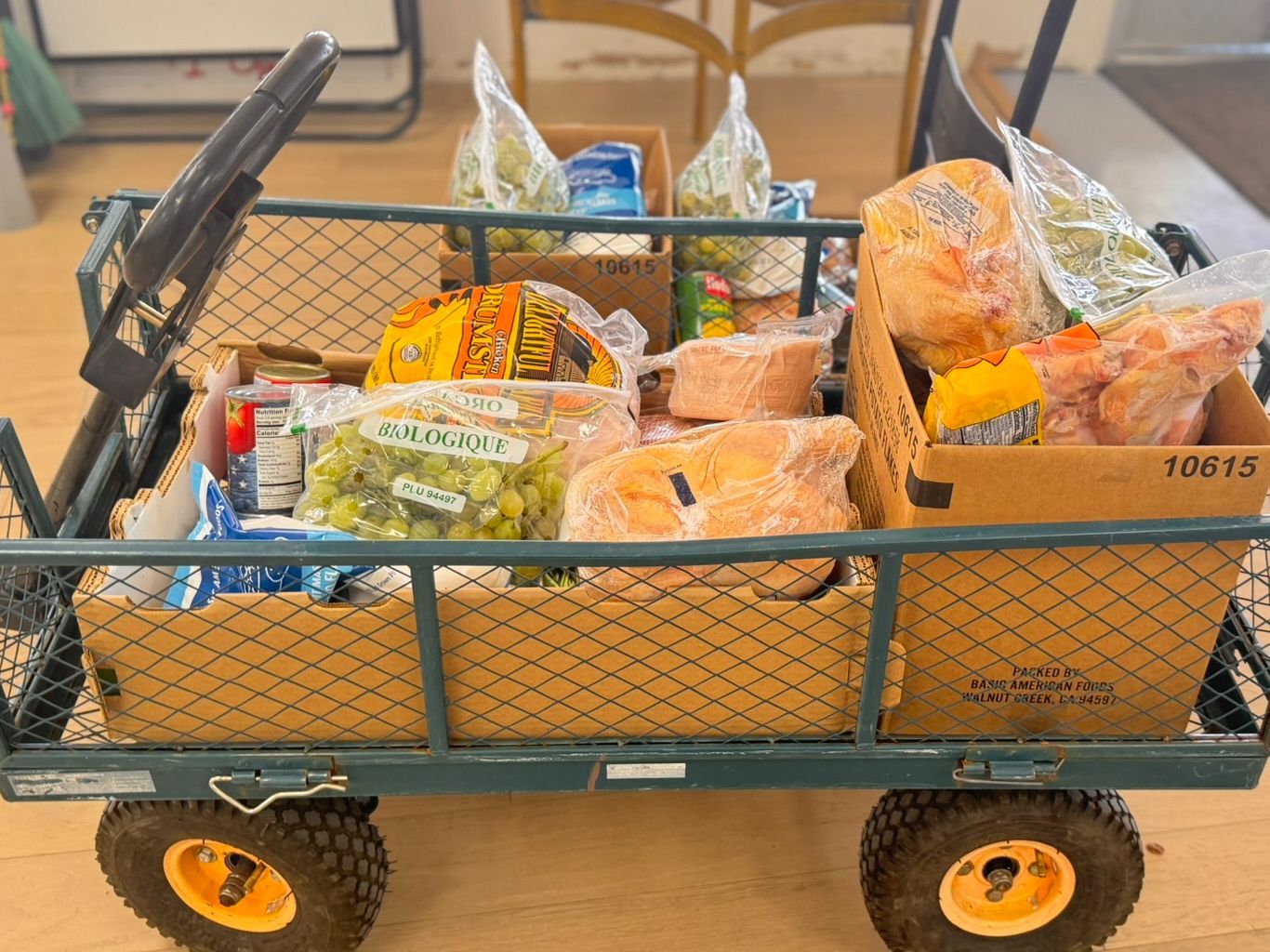
June 16 Distribution Brings Relief—and Groceries—to Borrego Springs On June 16, the St. Barnabas Food Bank held its first indoor summer distribution at the Borrego Springs Community Resource Center , offering a cooler, more comfortable environment for both volunteers and recipients. With temperatures rising across the desert, the move from the church parking lot to the CRC made the process easier and safer for everyone. Inside, tables were filled with canned goods, fresh grapes, frozen chicken, and pantry staples. Volunteers welcomed each resident with a smile, scanned their check-in cards, and helped them gather the food they needed. Volunteer Diane Johnson made a point to hold boxes aside for those who couldn’t arrive during the regular window—particularly resort and golf course workers who often finish their shifts around 2:00 PM. Thanks to this kind of planning, even those with early morning jobs don’t miss out.

Community Rallies Behind Austrian Cyclist Training for RAAM You might have seen a focused cyclist zipping around Borrego Valley over the past few weeks. That rider is Lukas Kaufmann , a world-class athlete from Austria who’s chosen Borrego Springs as his training ground for the upcoming Race Across America (RAAM) —a 9-day, coast-to-coast endurance race starting June 10 in Oceanside and finishing June 19 in Atlantic City. Track his ride here: trackleaders.com/Team_Kaufmann While Peter Kellner was also out riding with his wife Tammy Baker , he spotted Lukas and could tell right away he wasn’t just another visitor getting in a few desert miles. Peter tracked him down, learned his story, and turned that curiosity into action. The result? A spontaneous community celebration: “Borrego Cheers for Lukas!”

Sylvia Maas Ride Updates On June 1, 2025, Sylvia Maas, an ultra-endurance cyclist and Soroptimist from Borrego Springs, will embark on the Trans Am Bike Nonstop Check Point Edition (3,500 miles), a self-supported, coast-to-coast cycling challenge starting in Astoria, Oregon. Her mission is to raise funds for the "Bike 4 Borrego Kids" scholarship program, supporting Borrego Springs High School seniors pursuing higher education.
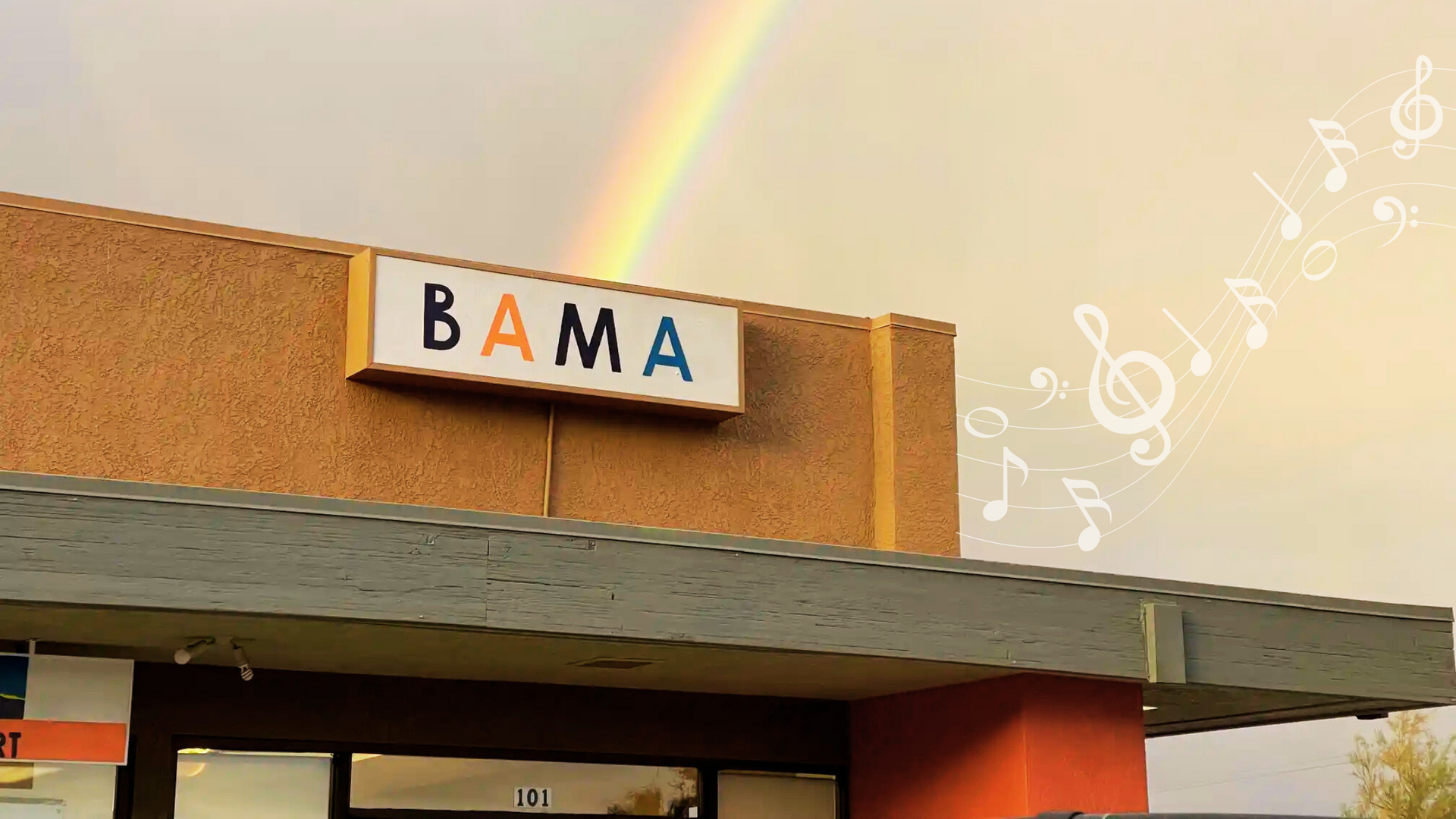
Community nonprofit completes construction phase, seeks funding for equipment The Borrego Springs Music Festival and its educational arm, the Borrego Academy of Music & Art (BAMA), have completed construction on a new recording studio in downtown Borrego Springs. The buildout included soundproofing and a technician window, with oversight provided by John Young, BAMA’s Technical Director and Vice President of the board. The studio is the latest milestone in the organization’s mission to provide music education to youth in a region where none of the local schools—elementary, middle, or high school—offer a formal music program. Borrego Springs serves a population of approximately 2,500 residents, and 87% of the 358 enrolled students in the school district are considered socioeconomically disadvantaged. John Young, a 34-year science center veteran and longtime volunteer, helped launch the studio space as part of his ongoing work with the music festival and its education efforts. He also teaches courses in piano, digital recording, and technology.
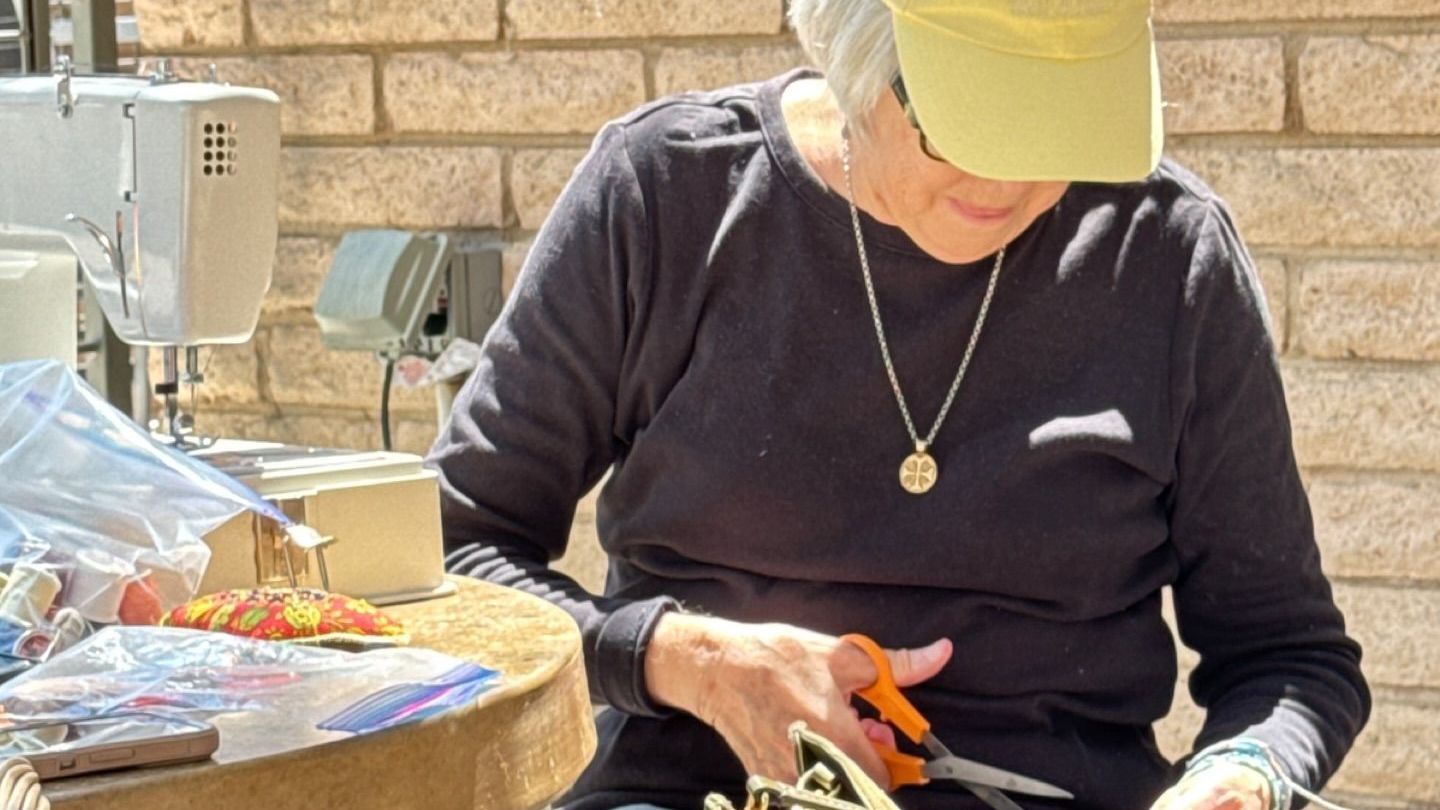
Jeanne & Jan Offer Light Repairs at The Mall Today was the last day for free clothing repairs this season, but Jeanne Plekon and Jan Naragon will be back in November. Every first Monday of the month, they set up in front of Tubs Laundromat and Community Valley Bank in The Mall, offering light repairs such as mending, patches, buttons, and hems. While the service is free, if you choose to donate, all donations go directly to support a local charity in Borrego Springs.

Celebrating the Summer Show at Borrego Art Institute Borrego Art Institute invites you to experience The Hottest Group Show, a vibrant summer exhibition running May 3 through September 28. This annual group show highlights a diverse mix of artists and mediums, showcasing creative energy that thrives in the desert heat. Reception: May 3, 5–7 PM Location: Borrego Art Institute More info: borregoartinstitute.org



